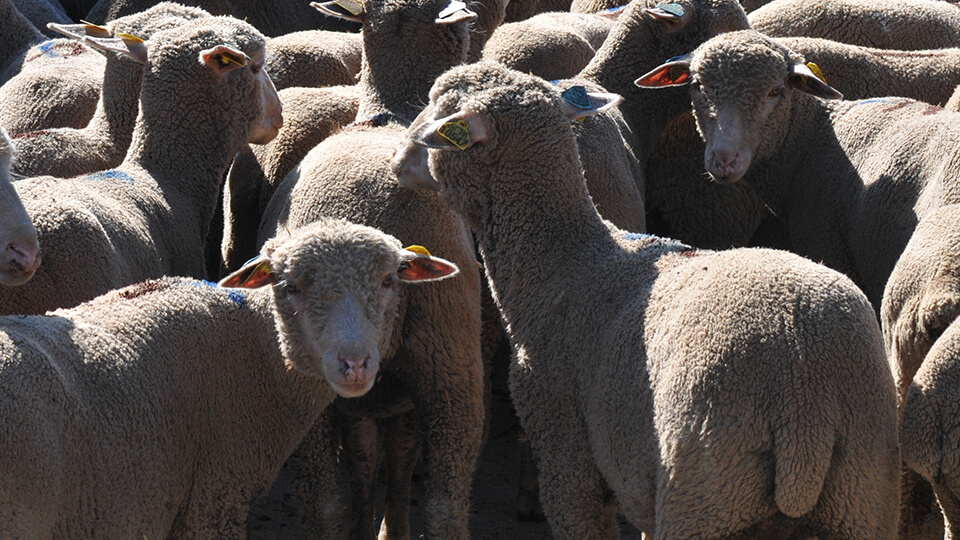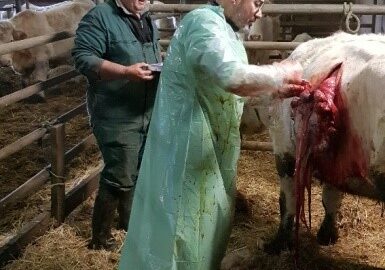L’antibiogramme en pathologie mammaire

Auteurs
Résumé
En élevage bovin laitier, la consommation des antibiotiques, qui a diminué est majoritairement due aux traitements des mammites. De façon générale, les germes de mammites restent globalement très sensibles aux antibiotiques. Donc, on peut s’interroger sur l’intérêt de réaliser un antibiogramme lors de l’identification d’une souche bactérienne responsable de mammite. Si cet antibiogramme est mis en œuvre il doit être réalisé dans des conditions standardisées. La méthode des disques normalisée NFU 47-107 est adaptée à l’analyse de routine. Malgré ses limites, l’antibiogramme reste un outil de la gestion de l’antibiothérapie et doit être mis en œuvre lors de l’usage d’antibiotiques d’importance critique. La publication annuelle par le RESAPATH des données françaises permet de suivre l’évolution des résistances bactériennes.
Abstract
In dairy cattle farming, the consumption of antibiotics, which has decreased, is mainly due to the treatment of mastitis. In general, mastitis germs remain globally highly sensitive to antibiotics. Therefore, one may question the value of making an antibiotic when identifying a bacterial strain responsible for mastitis. If an antibiogram is implemented it must be carried out under standardized conditions. The NFU 47-107 standardized disc method is suitable for routine analysis. Despite its limitations, the antibiogram remains a tool for the management of antibiotic therapy and must be implemented when using antibiotics of critical importance. The annual publication of French data by RESAPATH allows us to follow the evolution of bacterial resistance.
D'autres articles
JNGTV GTV2021 Page 469
Aviaire · Bovins · Caprins · Ovins · Porcins · Aucun thème
Immunité vis-à-vis des coronavirus : entre progrès et désillusions
Découvrez aussi nos formations
05 janvier 2026
5 jours
Bovin laitier · Bovin viande · Bovins


